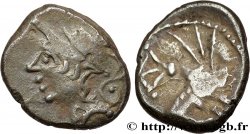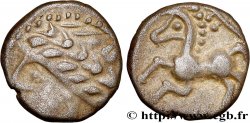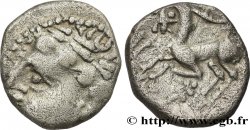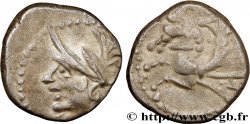bga_424000 - GALLIA - ALLOBROGES (Dauphiné area) Statère en bas électrum du type d’Annonay
Not available.
Item sold on our e-shop (2017)
Price : 250.00 €
Item sold on our e-shop (2017)
Price : 250.00 €
Type : Statère en bas électrum du type d’Annonay
Date: Ier siècle avant J.-C.
Metal : electrum
Diameter : 19,5 mm
Orientation dies : 9 h.
Weight : 5,88 g.
Rarity : R3
Coments on the condition:
Flan court avec des types bien identifiables, avec une patine sombre donnant plus l’impression d’avoir une monnaie de bronze que d’électrum
Catalogue references :
Obverse
Obverse legend : ANÉPIGRAPHE.
Obverse description : Tête masculine, laurée à gauche.
Reverse
Reverse legend : ANÉPIGRAPHE.
Reverse description : Bige à gauche, conduit par un aurige.
Commentary
Ce type de statère a été longtemps ignoré et a été récemment le sujet d'un article recensant tous les exemplaires connus avec les provenances quand elles sont disponibles. L'exemplaire proposé ici doit être tardif et est frappé sur un flan de très bal aloi, avec une patine très sombre. L’exemplaire DT. 3098 a le même genre de métal est est indiqué comme pouvant être “défourré”....







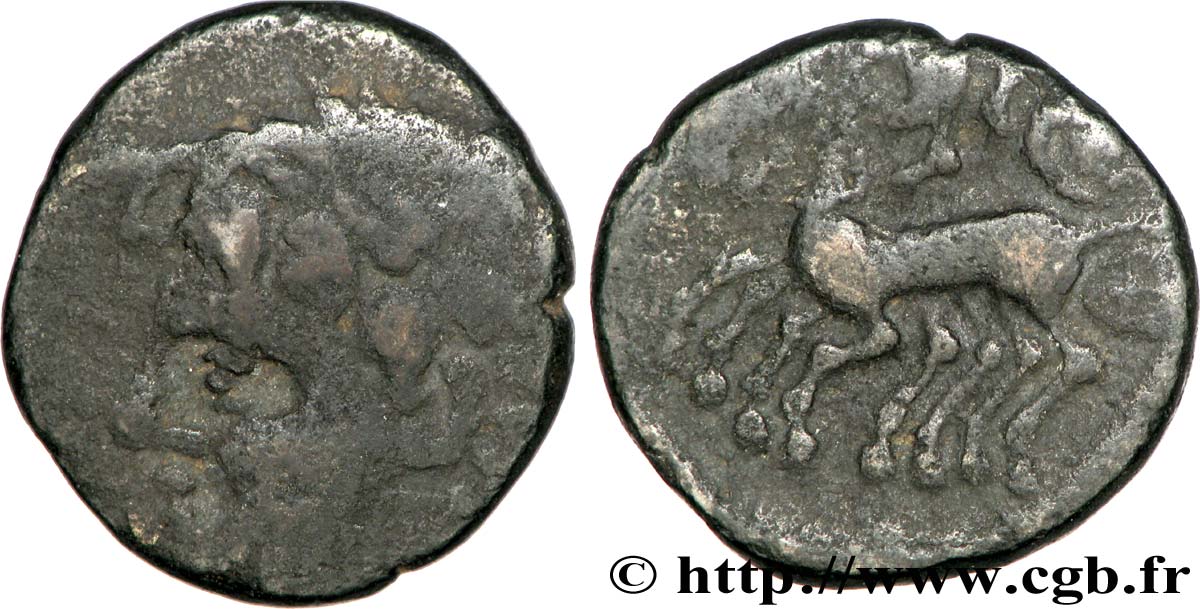
 Report a mistake
Report a mistake Print the page
Print the page Share my selection
Share my selection Ask a question
Ask a question Consign / sell
Consign / sell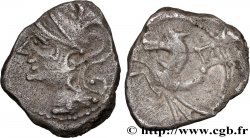
 Full data
Full data